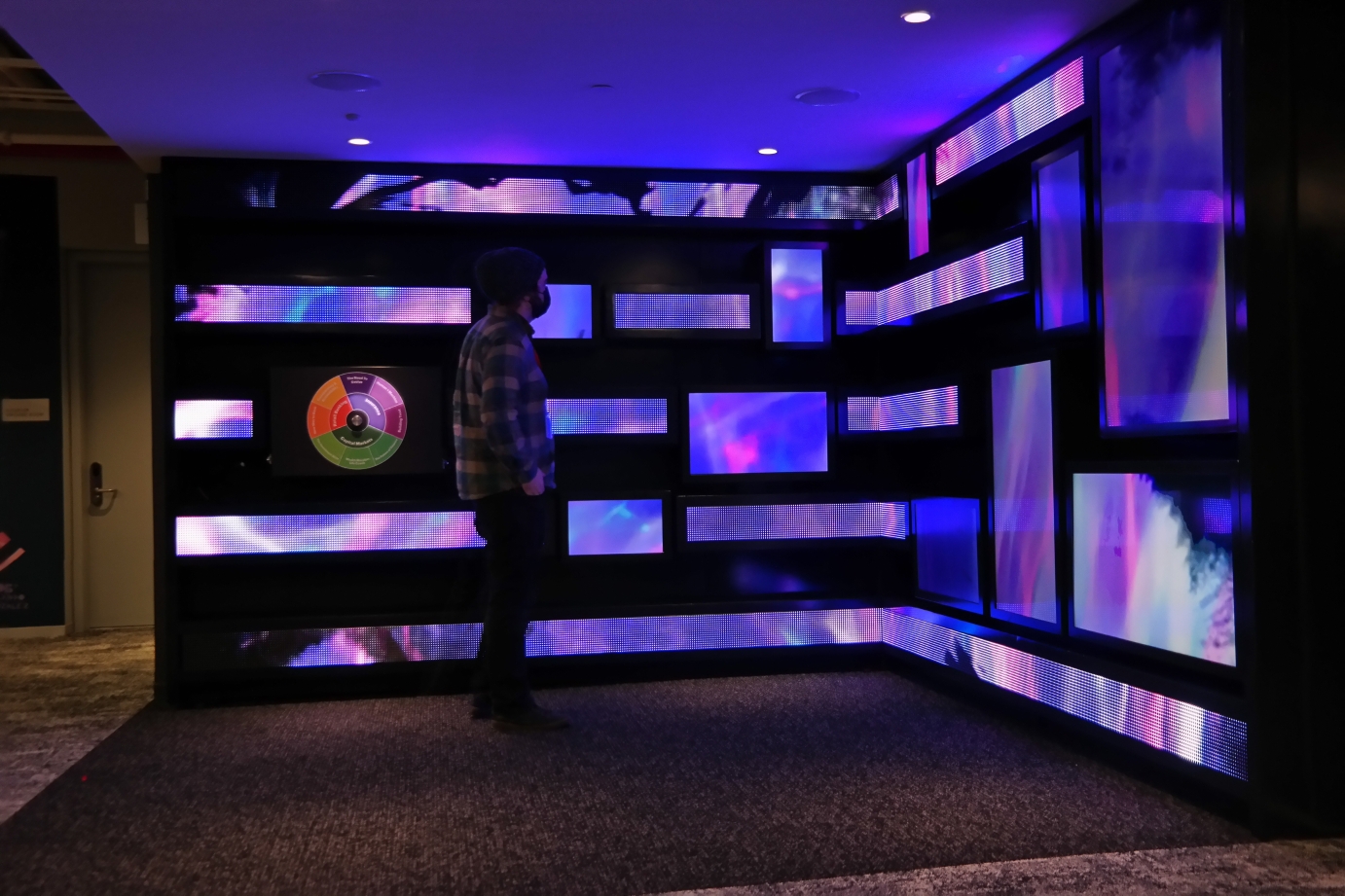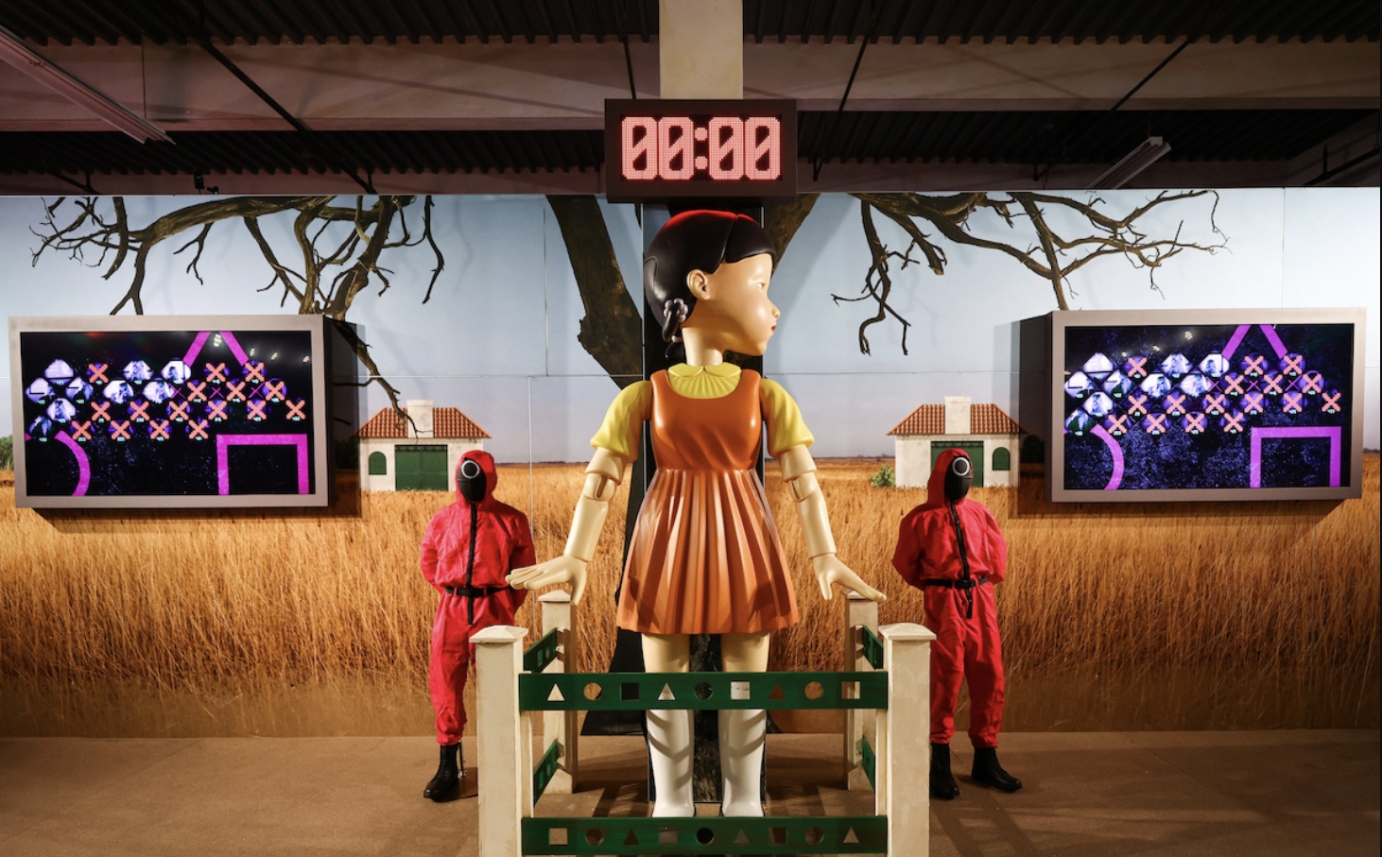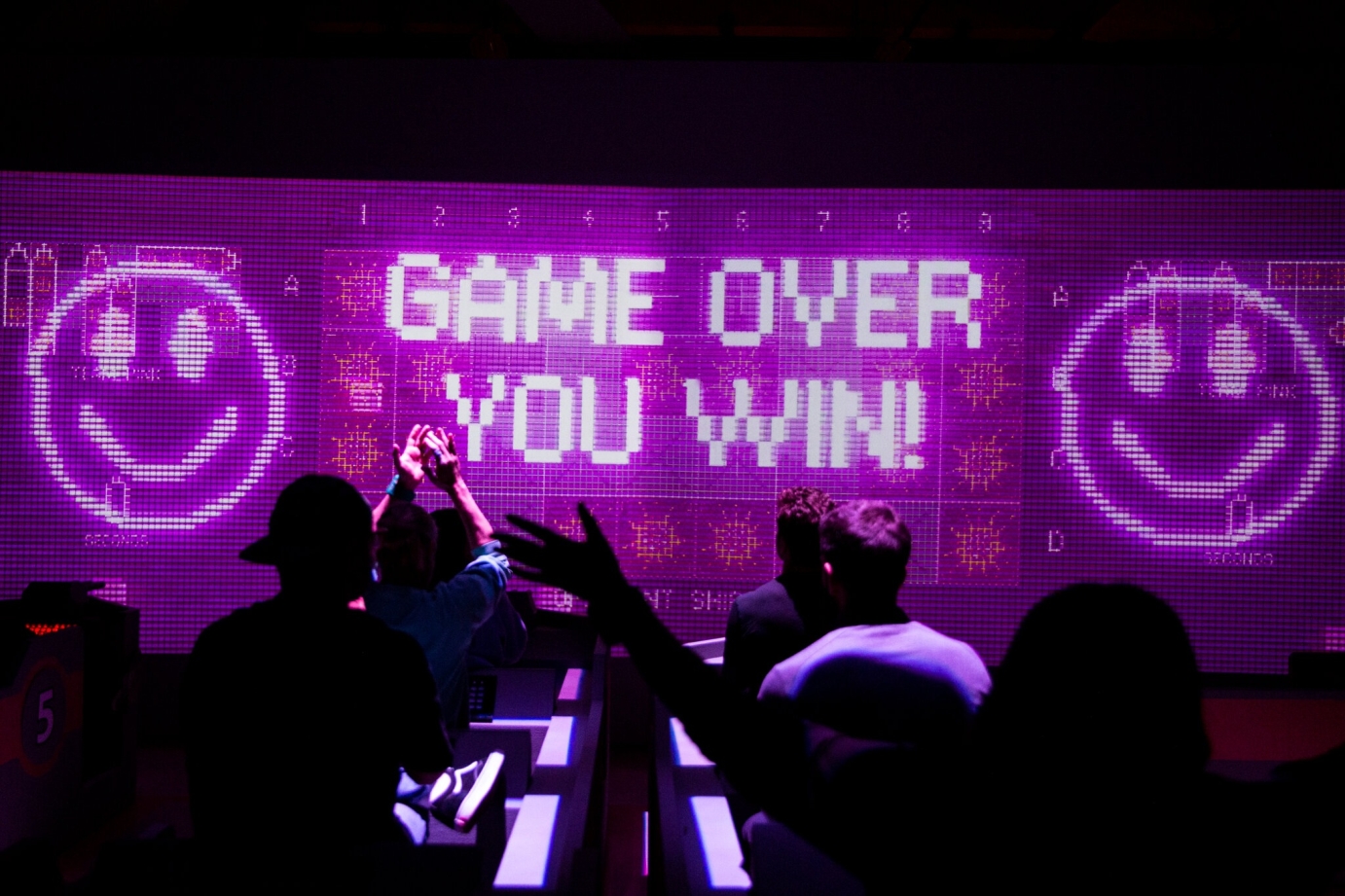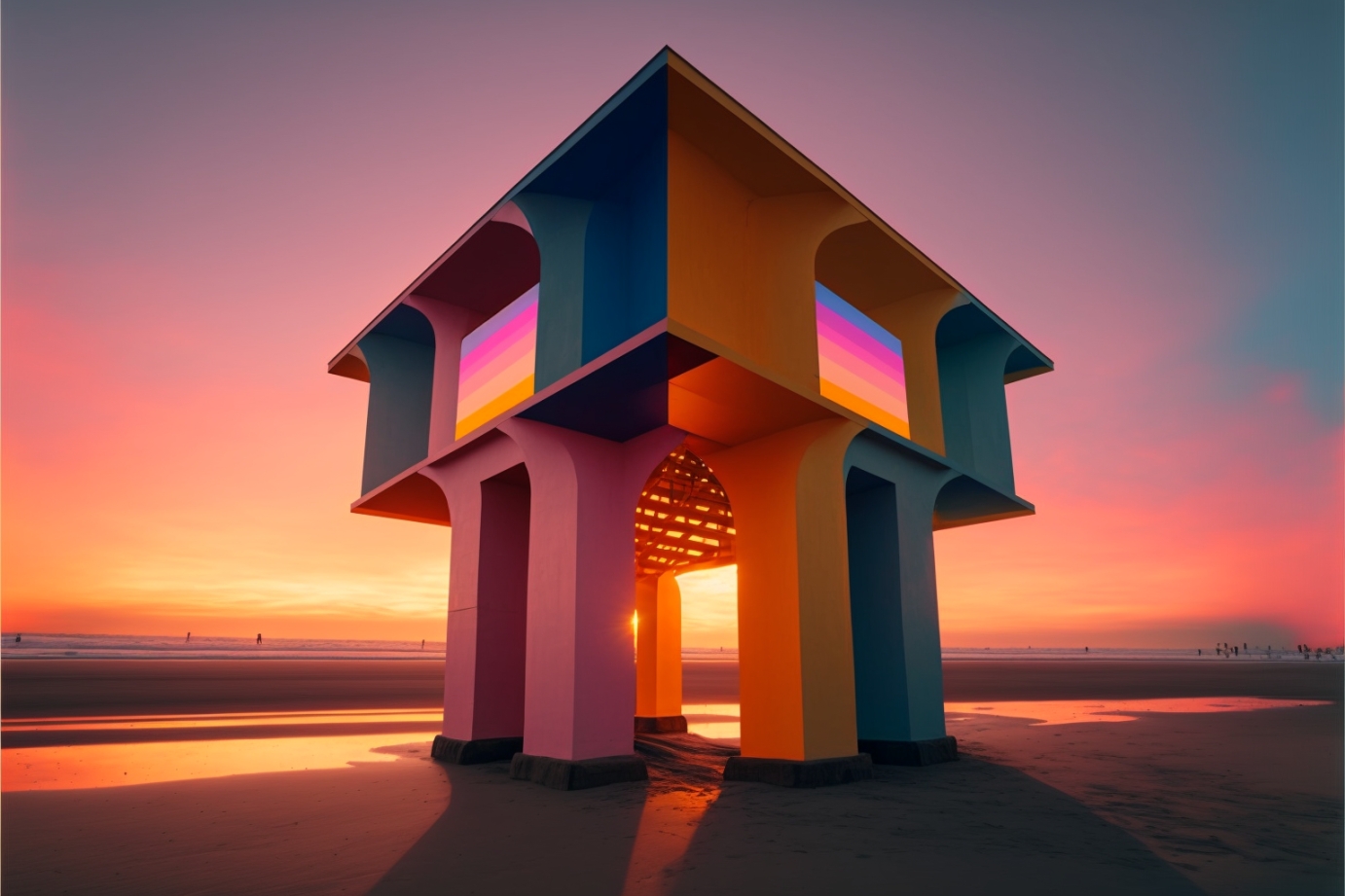
How Jill Shah Blends Creative Technology, Architecture, and Themed Entertainment
By Future Colossal
In a recent Business News This Week feature [Link] , Creative Technologist Jill Shah shared an inside look at her process for transforming physical spaces into responsive, story-driven worlds. With a background in architecture and over four years in the art and themed entertainment industry, Shah is known for crafting experiences that seamlessly fuse exhibit design, theme park interactivity, and cutting-edge creative tech.
“My job is to figure out how people will/should feel and behave in a space, and then use technology like hardware sensors, screens, lights or audio to bring that feeling to life. It’s part storytelling, part architecture, and part engineering magic,” she explained.
This hybrid approach, rooted in both architectural foresight and technological innovation, positions Shah at the forefront of immersive experience design. Whether developing location-based interactives, museum exhibits, theme park games, or brand activations, she focuses on creating spaces that react to guests in real time, blurring the line between physical set and digital world.
Living in the “What Ifs”
Shah describes herself as someone who “lives in the world of ‘what ifs.’” What if a wall lit up when touched? What if a room could react to your mood? It is this sense of possibility that fuels projects like Squid Game: The Trials, a tech-augmented, gamified environment that brought Netflix’s global hit into a live, playable narrative. As Spatial and Production Designer, she integrated scenic design, projection mapping, and interactive systems to heighten drama and keep players engaged through every cinematic beat.
Lessons from Theme Parks and Exhibit Design
Shah’s philosophy mirrors what the best theme park design and exhibit design teams know: it is not just about spectacle, but emotional connection. From the playful honesty of kids experiencing her work (“If something clicks, their joy is totally unfiltered”) to the adaptive, collaborative spaces of Accenture’s Hives, she crafts environments that invite participation rather than passive viewing.
“The line between digital and physical design is going to blur completely,” Shah predicts. “People will start to expect that kind of responsiveness everywhere, even in buildings.”
Designing for Magic, Not Just Function
For Shah, every project is an opportunity to make life “a little more magical.” That means balancing budget realities with creative ambition, often by identifying one high-impact moment rather than diluting resources across many. It is a strategy that resonates across the themed entertainment world, where precision in storytelling can be more powerful than sheer scale.
The Future Is Playful
Looking ahead, Shah is experimenting with AI, real-time sensors, and modular fabrication to make immersive storytelling more scalable and accessible. Her vision is spaces that blend architecture, creative technology, and game mechanics into experiences that connect people, whether in a theme park queue, a traveling brand activation, or a museum gallery.
As themed entertainment continues to evolve, Jill Shah’s work is a reminder that the future of immersive design lies not just in innovation, but in the artistry of making people feel.



